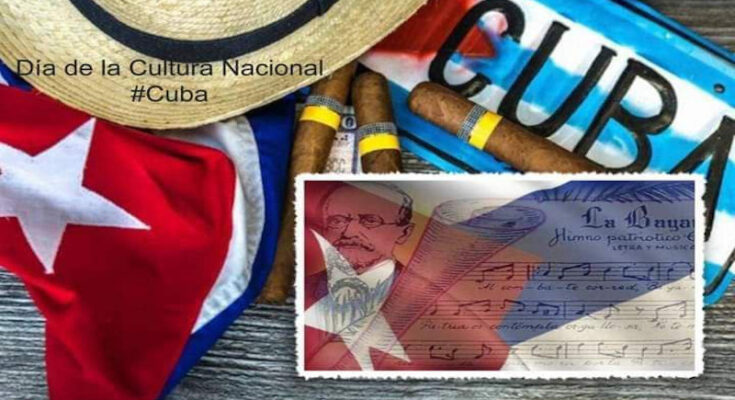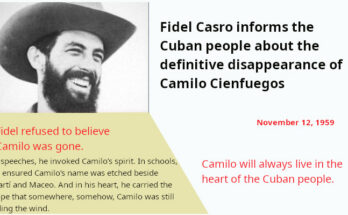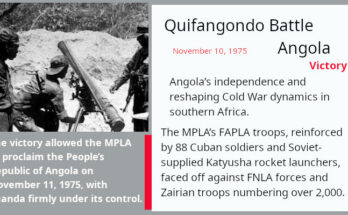It was a beautiful day on October 20, 1868, when the troops of Carlos Manuel de Céspedes, upon taking the city of Bayamo, sang for the first time La Bayamesa, which later became the National Anthem.
Culture and Nation merged in an embrace to become an inseparable concept throughout the history of Cuba, a concept that speaks of music and poetry, art and rebellion united in the heat of combat.
The Hymn of Bayamo is the patriotic song of the nation, sacred symbol of the Cry of Independence. Its lyrics and notes are the fruit of the memory accumulated by the black hands that made white sugar, together with the white hands that made black tobacco, as Fernando Ortiz said; of the builders who built towns and cities.
It is the Hymn of Bayamo, the song of peace whose imprint educates to think, to drink from the wisdom of the poet, intellectuals and artists. It is the perfect evocation to the mambises deeds, who taught us to survive; it is the imperishable virtuosity of rootedness to national sovereignty, socialism and social progress.
It is the Anthem of all Cubans that exalts the unity of the people; the preservation of its idiosyncrasy and struggle against foreign currents; it is the voice of the revolutionaries who love and dream for a better future.
It is our National Anthem that eternalizes the identity; it builds its nation and culture, and inspires the battle of ideas, the combat; the making and the founding; to create the great and the small in the daily task; the one that continues calling the Cubans to maintain the independence.
The Hymn of Cuba is a song of freedom, an evocation of the common feeling; essence of the Cuban roots. It is the determination of the people to raise the Cuban flag together with the cry of ¡Viva Cuba Libre!




